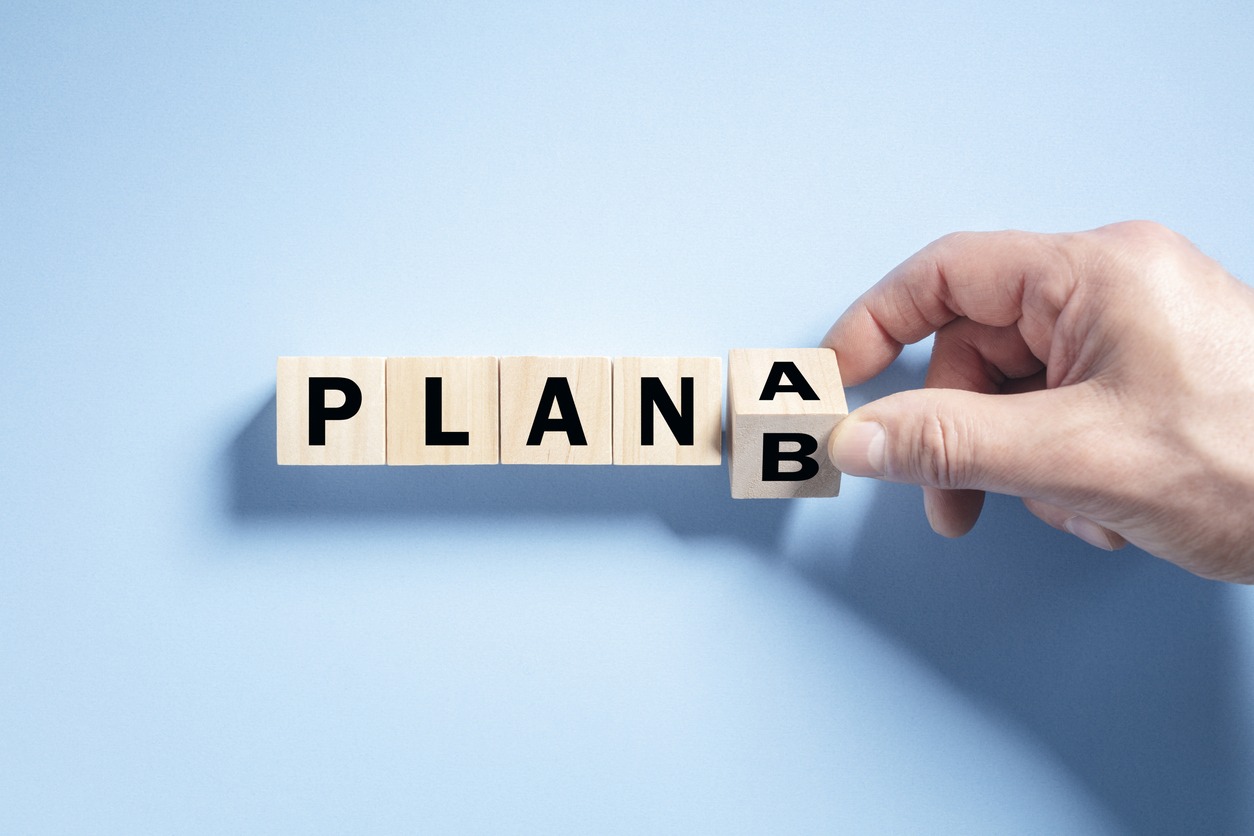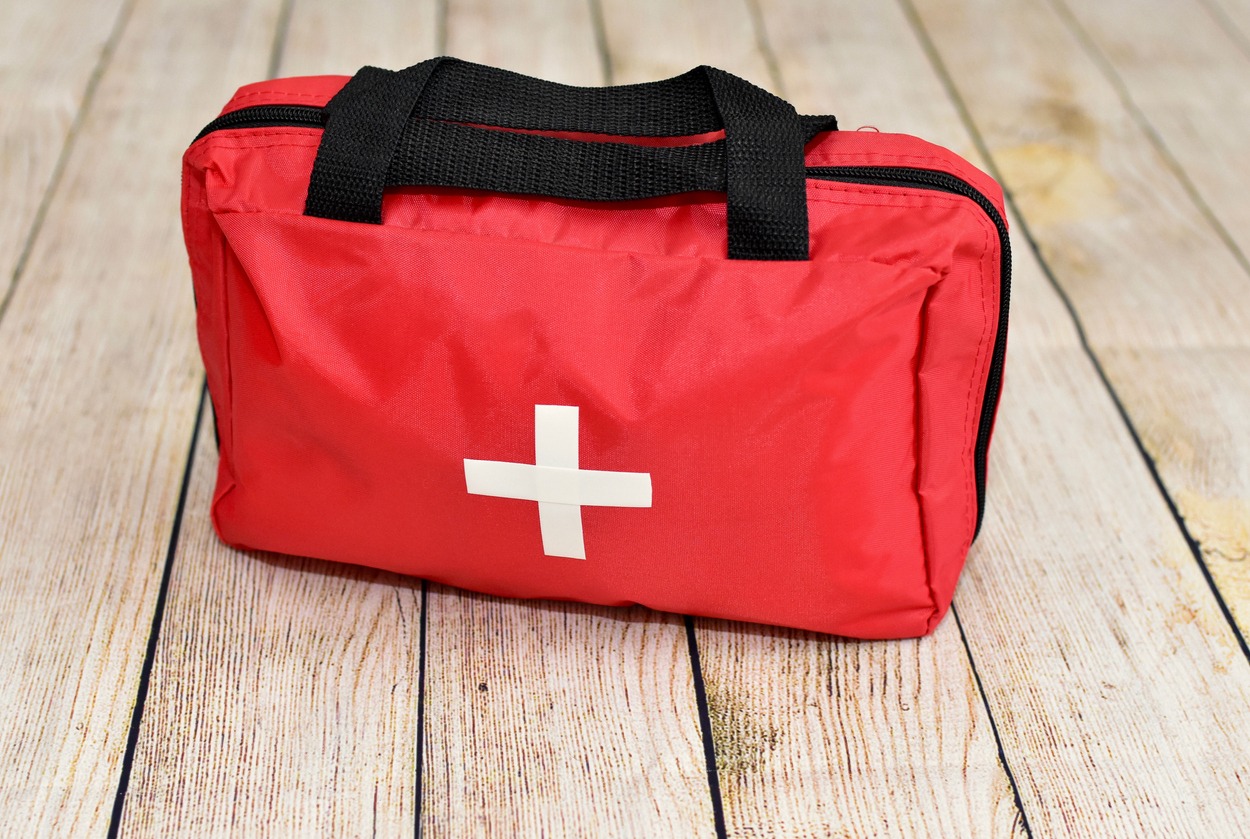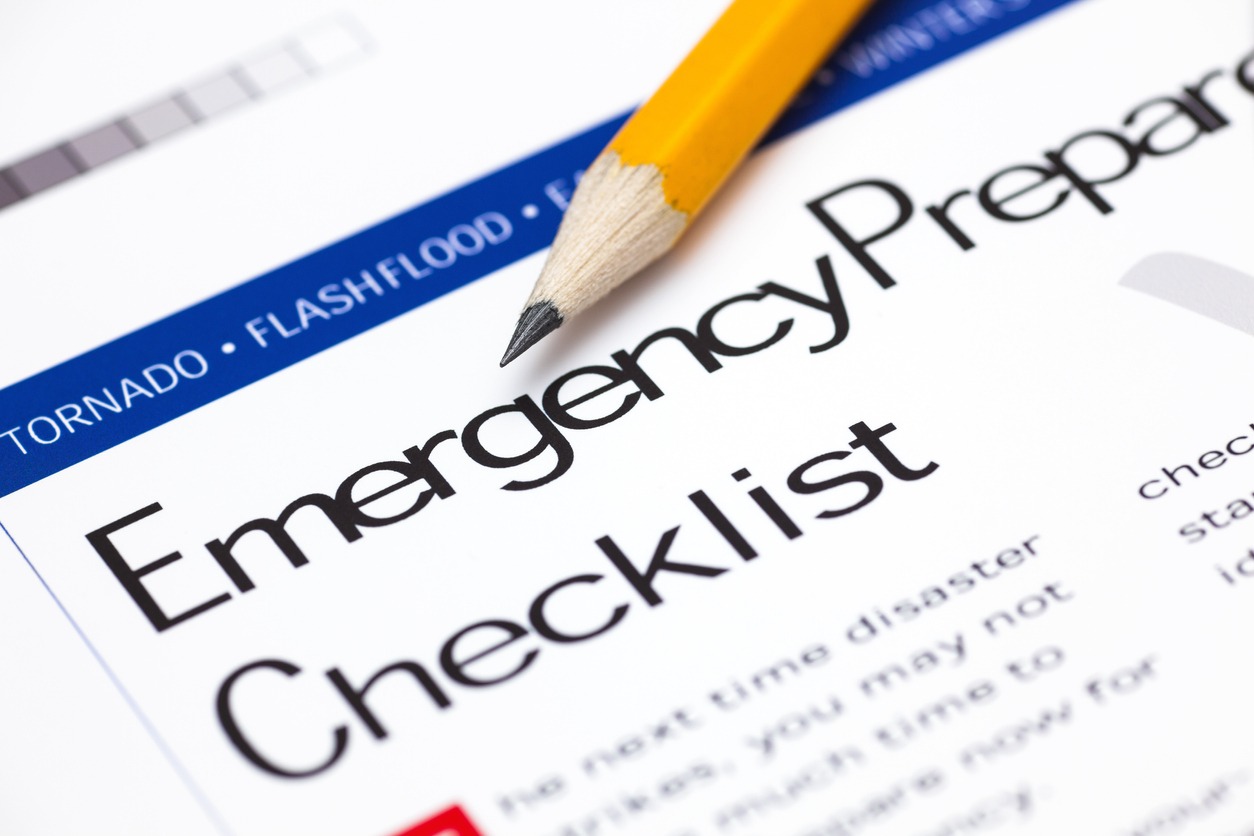Do you want to be better prepared for disasters, but you are unsure about the supplies you need or where to start? As a prepper, this guide will walk you through the fundamental steps, as well as the most essential items to stock up on. When you’ve finished reading, you’ll have more knowledge than the majority of people because of it.
Preparing for an emergency in this day and age does not simply entail constructing underground bunkers in the backyard in the event of a nuclear conflict. It means being ready for both the expected and the unexpected, including the unknown. Having the ability to care for yourself, your loved ones, and your pets in the event of an emergency on a local, personal, or global scale.
It is imperative that you start prepping as soon as possible, regardless of whether you anticipate events such as natural disasters, power outages, or long-term economic decline. According to logic, if you wait until you’re in that situation to start preparing, you’re already on the losing end.
Learn What Kind of Disasters to Anticipate
Each emergency calls for slightly different levels of preparation, supplies, and expertise. Find out which natural disasters are most likely to strike your city, state, and region, and prepare for them accordingly. You should also review your homeowner’s insurance policy to ensure that you are covered. Although the majority of standard plans include coverage for natural disasters such as tornadoes, lightning, and winter storms, you will most likely need to purchase a separate policy to be covered for flooding, windstorms, and earthquakes.
1. Earthquakes
During an earthquake, there is a sudden shaking of the ground caused by the movement of rocks beneath the surface. The act of securing loose objects and furniture is a common step in the process of preparing your home for an earthquake. It is essential to have a plan for where you will seek shelter and safety in the event of an earthquake.
2. Floods
When water levels rise to a point where they cover dry land, this is known as flooding. A flood can occur anywhere, and the amount of damage it causes can range from relatively minor to extremely severe. Rainfall and storms aren’t the only things that can cause flooding; an overflowing dam or storm drainage system can also contribute to the problem.
3. Hurricanes
The effects of hurricanes can be felt much further inland. They bring with them the potential for heavy rains and winds, as well as the risk of flooding. Your strategy for being prepared for a hurricane may call for you to evacuate your home and move to a location that is out of the hurricane’s path. On the other hand, you may decide to take shelter in your current location until the storm passes.
4. Extreme Winter Weather, Including Snowstorms
Extreme winter weather can include several different elements, including intense snowfall and ice, strong winds, freezing rain, and extremely low temperatures. Getting ready for snowstorms and other winter weather can involve doing things like stocking up on supplies, winterizing your home so that it can withstand temperatures below freezing, and familiarizing yourself with the best ways to keep your family warm and safe during the storm.
5. Wildfire
Wildfires are fires that occur naturally and without human intervention in natural areas like forests, prairies, and grasslands. If they are not quickly brought under control, they have the potential to spread to the communities that are nearby and cause damage to houses and other buildings. If you live in an area that is prone to wildfires, it is necessary for you to have a home evacuation plan as well as a plan for how to respond to an emergency. You can also take preventative measures to safeguard your property from the dangers of fire before a wildfire breaks out.
6. Tornado
Wind speeds of more than 200 miles per hour can be brought on by tornadoes. They can lift automobiles and destroy buildings. To be prepared for a tornado, you must be aware of the safest place to take cover in your home and be able to identify the telltale signs that a funnel cloud is on its way.
Make an Emergency Plan
When it comes to handling unexpected events and how everyone in your household should respond to them, everyone in your home should be on the same page. Having a meeting with your family or household should be something that you do as a part of the process of creating an emergency response plan. The creation of a plan for emergency preparedness should be the primary focus of the family gathering.
Who goes to the meeting and who is responsible for what in the event of an emergency will depend heavily on the people who live in your household as well as the ages of those people. Young children, for instance, can be introduced to the fundamentals of natural disasters and emergencies; however, it is unlikely that adults will expect young children to take on responsibilities if a disaster or emergency occurs.
Take into consideration the following aspects as you put together an evacuation plan for your home.
1. Disasters That Are Likely to Happen in Your Area
There are many distinct categories of natural disasters and man-made emergencies, each of which calls for a specific course of action. Do some research on the different kinds of natural disasters that could happen in your area and find out how many of them typically take place each year. You should also look into the possibility that one or more of these problems could become severe enough to call for either an evacuation or the taking of cover somewhere else.
2. How to Gather Information During an Emergency
In the event of a crisis, the power may be cut off, and the internet may become inaccessible. Decide how you will maintain contact with the outside world. You could purchase a radio that runs on batteries or one that needs to be wound up manually. In the event of an emergency, if you still have access to and can use your mobile phone, you may be able to receive alerts on it.
3. How You’ll Get Out If You Have to
Discuss with the people living in your home your plans for evacuating the house if it becomes necessary to do so. Your plan for evacuating the area should include both a path to follow to reach a safe location as well as a mode of transportation, such as a car, that can get you there in a secure manner.
If you will need to leave, have a plan for where you will go. Are you able to visit the home of a friend or a member of your own family instead? If this is not the case, you should probably find out where the closest emergency evacuation shelter is located.
4. Where You’ll Convene if You Have to Depart and Got Separated
Whenever you receive an order to evacuate, you and the members of your household may be required to go your separate ways. To be on the safe side, make sure you have a plan for where you’ll meet up with each other if you get separated.
5. Communication
In the event of a crisis, you should be aware of where each member of your household can be found. Additionally, you should devise a strategy for maintaining communication with one another in the event of a natural disaster. Make sure that all of the members of your household have the contact information for each other saved on their mobile devices as well as written down on a piece of paper.
It is also a good idea to have the contact information for your family physician, your children’s schools, your place of employment, and the person who cares for your children written down on a piece of paper that every member of your household carries with them at all times. Include the contact information of a friend or relative who lives in a different city as well. If you and your family are forced to evacuate and become separated from one another, that person can act as the centralized point of contact.
6. How You’ll Handle Household Pets
If you have animals living with you, you should take precautions to ensure their safety in the event of a crisis. Include your animals in your preparations by determining who will be responsible for putting them in their respective crates or carriers and carrying them to the vehicle in the event of an evacuation. It is recommended that you create a sign and post it by your front door to inform first responders that there are animals in the home who may require assistance in the event of an emergency.
7. Know Your Home’s Safe Place
There are some circumstances in which you will be required to travel, but that is not the case for all of them. Find a good spot in your house where you can take cover in the event of a storm or other natural disaster. If your home is struck by a tornado, for instance, the safest place to take shelter is typically a small room on the floor below the ground level that does not have any windows.
Supplies
Prepare for the possibility of an emergency by stocking up on supplies that will allow you to keep your family fed, hydrated, comfortable, and warm. If you are unable to leave your house or there is a disruption in the supply chain, the Centers for Disease Control and Prevention (CDC) advises keeping a food supply on hand that will last for at least three days.
1. Water
To drink, you need water that is clean and safe. Keep one gallon per day on hand for every individual in your household to use for drinking and cooking. According to the advice of specialists, it is best to plan for three days. You can either purchase bottled water from the supermarket or bottle your water at home. If you are going to bottle it yourself, use a clean container that has been washed, such as a bottle of soda. To one quart of water, add four drops of bleach, also known as sodium hypochlorite.
Do not make use of bleaches that have a scent. If your home relies on a well that is powered by an electric pump, you might also require water to flush the toilet. If you have any warning time before the power goes out, you should run your washing machine and bathtub to fill them with water so that you can flush the toilet before the power goes out. Simply take off the lid of the tank, then pour water into it, and then replace the lid. This will allow you to flush the toilet even if the power is out. Now flush the toilet, and the water that was in the bowl will cause the tank to empty. Completely refill the tank for the next use.
2. Food
You will need food that does not require refrigeration to keep it from going bad or spoiling. Keep several days’ worth of food in cans that can be consumed cold if you do not have access to a stove. Save some foods that can be stored at room temperature for several days without the need for refrigeration. Be sure to stock up on necessities such as peanut butter, crackers, fruit, vegetables, bread, and cereal before heading out. There are a lot of factors that determine how long the food in your refrigerator and freezer will remain edible. Maintain as much of a seal as you can around the door. Keep in mind that if the weather permits it, you can prepare food on an outdoor grill; however, this activity must take place outside.
3. First-Aid Kit
Your kit should also include any items that are necessary for members of your family or households, such as inhalers for asthma and diabetic testing strips, contact lenses and cleaning solution, and so on. When you are gathering supplies for your kit, make sure not to overlook the importance of comfort and warmth. Include warm clothing such as blankets and sweaters for every member of the household, just in case a storm causes the power to go out or the heating system to fail.
In addition, it may be beneficial to learn specific skills to supplement your kit, such as first-aid skills. These skills may come in handy in an emergency. Attend a course that will certify you in CPR as well as one that will teach you first aid if at all possible. If you need to turn off the water or the electricity during a disaster, familiarize yourself with the layout of your home as well as the locations of the shut-off valves. Ensure that all members of the household are aware of the locations of the shut-off valves.
Run Through Your Strategy
Putting together a family emergency plan requires practice, but it is well worth the effort. Before a real emergency occurs, it is helpful to put your plan through its paces by conducting test runs or drills. This will allow you to iron out any kinks in the strategy and find solutions to any problems that may arise. It is a good idea to practice both staying in the house and leaving the house in the event of an emergency. This will allow you to see how the members of your household react to the different scenarios.
When you are practicing your plan, make the situation as difficult as possible. For instance, you could practice what you would do if you and your spouse were to become separated just before you had to evacuate, or if you had to evacuate your home while your spouse was at the grocery store or their place of employment. Another scenario would be if you had to evacuate your home while your spouse was at work. Because the circumstances can shift from year to year, it is important to run through your plan at least once or twice per year so that you can adjust as necessary.
Protection
You can take precautions to safeguard your family and home from the harm brought on by a disaster in addition to having a plan in place for an emergency.
1. Install the Appropriate Hardware
A sump pump is one of the home features that can help reduce the amount of damage that is sustained as a result of flooding and severe storms. To protect yourself and your family from any potential dangers, it is a smart idea to have alarm systems such as smoke alarms and carbon monoxide detectors installed in your home.
2. Maintaining Trees and Shrubs
You should prune your trees and shrubs so that there is less of a risk of their branches breaking off and falling off during a storm or another type of natural disaster.
3. Keep the Area Surrounding Your Home Clear of Clutter
During a storm with strong winds, outdoor items such as furniture, toys, grills, and gardening equipment can become dislodged and cause damage to your home or other structures. Reduce as much as you can the amount of stuff you keep in the garage or shed. Find a way to secure any outdoor furniture or other gear before a storm hits if you have any of it. You can either secure it with a tie or put it away in a garage or shed.
4. Put Storm Shutters on Your Windows
Winds of hurricane strength are strong enough to easily break windows. Windows can also be shattered by tornadoes. Before a storm hits, protecting the people who are inside of your home by covering the windows of your home with plywood or shutters can help keep the home intact and protect the people who are inside the home.
5. Maintain the Systems in Your House
If you maintain the systems in your home and keep them in good working order, there is a greater chance that they will continue to function properly in the event of an emergency. Maintaining your heating system on an annual basis will increase the likelihood that it will continue to function normally through a blizzard or other type of winter storm.
Installing a backup generator is something you should consider doing if you live in an area that is prone to power outages that last for an extended period. If the main power supply fails, the generator can be activated, which will allow you and your family to remain warm and comfortable despite the storm.
6. Insurance
You may need to purchase a specific kind of homeowner’s insurance to adequately protect your home, depending on where you live and how high the risk is for various kinds of natural disasters. You will need to purchase separate flood insurance in addition to your standard policy if you happen to live in an area that is prone to flooding. Have a conversation with your insurance agent to determine whether or not you have the appropriate level of coverage for your home.
Because your home is most likely going to be one of the largest investments you make in your life, it is essential to have a strategy in place to protect it and the important people who live in it if a catastrophe occurs.



